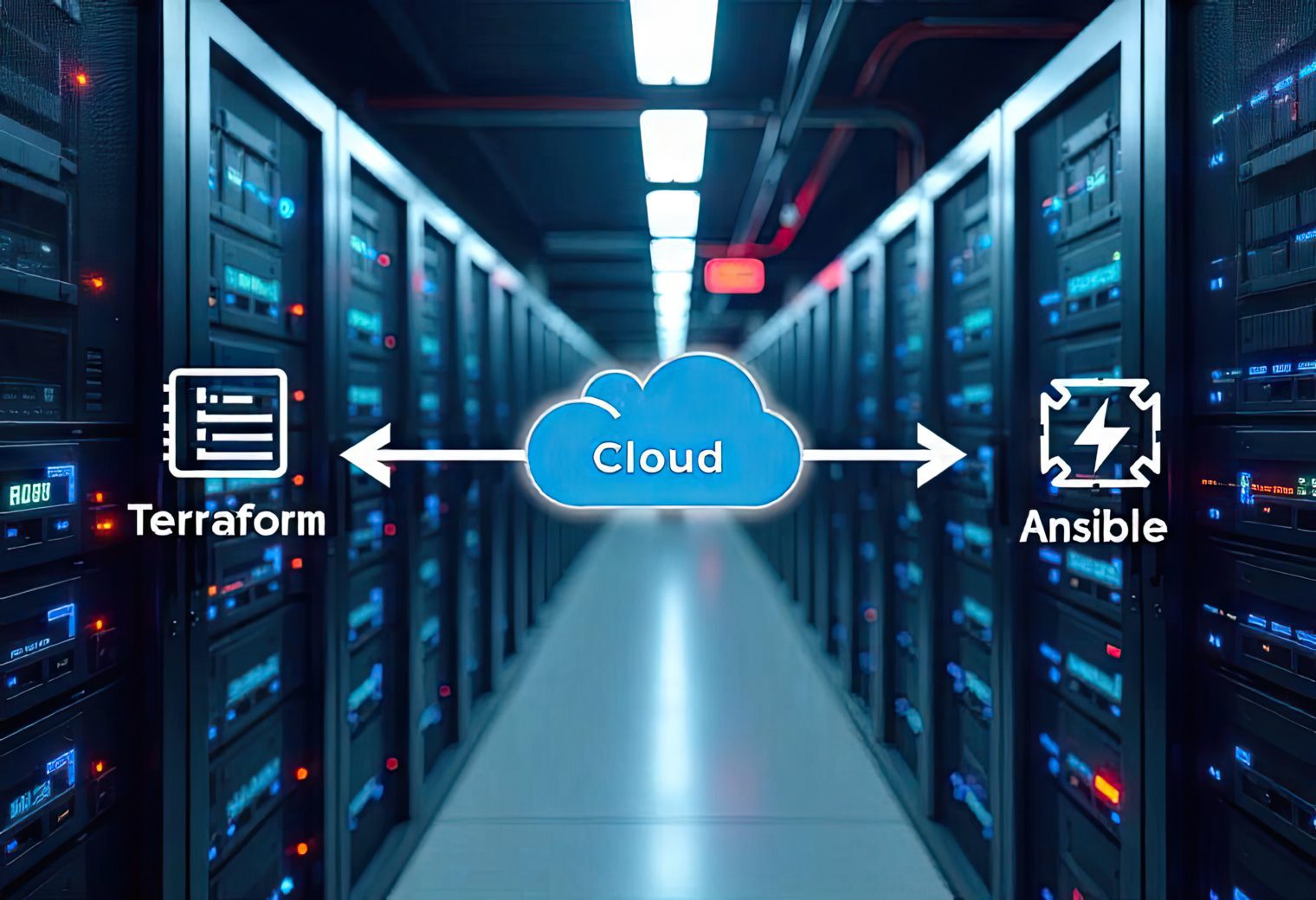Why Infrastructure as Code Matters
The rise of cloud computing has transformed how businesses deploy and manage infrastructure. However, with increasing complexity, traditional manual infrastructure management has become inefficient, error-prone, and difficult to scale. Enter Infrastructure as Code (IaC)—a modern approach that automates infrastructure provisioning, making it scalable, consistent, and reliable.
By treating infrastructure as software-defined components, IaC enables rapid deployments, efficient configuration management, and improved collaboration between development and operations teams. As cloud environments grow more sophisticated, the adoption of IaC is becoming essential for organizations looking to streamline their cloud deployments. But how exactly does it work, and what does the future hold for IaC in cloud computing?
What is Infrastructure as Code (IaC)?
Infrastructure as Code (IaC) is a method of managing IT infrastructure using machine-readable configuration files rather than traditional manual processes. Instead of provisioning and configuring servers, networks, and storage manually, IaC uses declarative or imperative scripts to automate these tasks. By implementing IaC, organizations can achieve higher operational efficiency, reduced risk of human error, and the ability to rapidly scale infrastructure to meet business demands. This paradigm shift in infrastructure management enables businesses to treat infrastructure as software, ensuring reliability and repeatability across environments.
Key Features of IaC:
IaC brings a set of powerful features that help organizations maintain efficient cloud operations. Some of its essential characteristics include:
- Automation & Consistency: Ensures infrastructure deployment follows predefined templates, eliminating human errors.
- Version Control & Auditability: Infrastructure changes can be tracked and rolled back using tools like Git.
- Scalability & Repeatability: Easily scale infrastructure up or down as needed without manual intervention.
- Collaboration & Efficiency: Teams can work together using infrastructure templates, improving DevOps workflows.
- Cost Management: Organizations can optimize cloud resource usage and prevent unnecessary spending.
- Disaster Recovery: Automated backups and infrastructure replication ensure minimal downtime in case of failures.
📖 Learn more about IaC principles: HashiCorp IaC Best Practices

Declarative vs. Imperative IaC: Understanding the Approaches
When implementing Infrastructure as Code, organizations must decide between declarative and imperative approaches. These two methodologies determine how infrastructure is managed, configured, and deployed.
1. Declarative IaC
The declarative approach focuses on defining the desired state of the infrastructure rather than specifying the exact steps to achieve that state. In this model, the system automatically determines the best way to reach the defined state. Declarative IaC provides better automation, easier maintenance, and improved consistency across deployments.
- Example tools: Terraform, AWS CloudFormation, Pulumi.
2. Imperative IaC
The imperative approach, on the other hand, defines a step-by-step process to configure infrastructure. This method provides granular control over execution but requires more effort in scripting and maintenance. While imperative IaC is beneficial for specific use cases, it may introduce inconsistencies in larger deployments.
- Example tools: Ansible, Chef, Puppet.
✅ Best Practice: Many organizations prefer the declarative approach for its simplicity, automation, and alignment with GitOps workflows.
📖 Read more on declarative vs. imperative IaC: Terraform Docs
Popular IaC Tools and Their Use Cases
There are several Infrastructure as Code tools available, each offering unique capabilities for infrastructure automation. Below are some of the most widely used IaC tools and their best use cases.
1. Terraform
Terraform is a cloud-agnostic declarative IaC tool used to provision and manage infrastructure across multiple cloud providers. Its modular infrastructure and state management capabilities make it ideal for automating large-scale deployments.
- Best for: Multi-cloud deployments, modular infrastructure.
- Example use case: Managing Kubernetes clusters and scalable cloud environments.
2. AWS CloudFormation
AWS CloudFormation is a native AWS service that enables infrastructure automation through JSON or YAML templates. It is designed specifically for AWS environments and integrates well with other AWS services.
- Best for: AWS-specific infrastructure automation.
- Example use case: Automating AWS Lambda functions and serverless applications.
📖 Learn more about these tools: Cloud Academy IaC Guide

The Benefits of IaC in Scalable Cloud Deployments
Infrastructure as Code provides numerous advantages to cloud-based deployments, ensuring that organizations can efficiently manage and optimize their cloud infrastructure.
1. Speed and Efficiency
By automating infrastructure provisioning, IaC significantly reduces deployment times from days to minutes, improving agility and accelerating project delivery.
✅ Example: An organization can spin up hundreds of VMs on AWS or Azure within minutes using Terraform.
2. Consistency and Reliability
IaC enforces standardized configurations, ensuring every deployment follows the same infrastructure settings. This reduces misconfigurations and enhances security.
✅ Example: Dev, Staging, and Production environments remain identical, minimizing deployment errors.
📖 Read more on IaC benefits: AWS IaC Best Practices
The Future of IaC: What’s Next?
As cloud computing continues to evolve, the future of IaC is expected to bring greater automation, security, and scalability. Organizations will leverage AI-driven IaC, serverless computing, and policy-as-code integrations to further streamline infrastructure management.
1. AI-Driven Infrastructure Management
The next generation of IaC will incorporate AI-powered tools that analyze infrastructure patterns, predict resource needs, and auto-optimize cloud environments. AI-based orchestration will allow businesses to dynamically adjust resources in real time.
2. Serverless & Edge Computing Integration
With the growth of serverless architectures and edge computing, IaC will need to expand its capabilities to manage distributed workloads across global edge locations.
📖 Explore future trends in IaC: DevOps.com
Embracing IaC for Scalable Cloud Deployments
Infrastructure as Code (IaC) is transforming the way organizations manage and deploy cloud infrastructure. By automating infrastructure provisioning, ensuring consistency, reducing costs, and enhancing security, IaC has become an indispensable tool for modern cloud operations.
Organizations that embrace IaC best practices, invest in training, and adopt new advancements in AI-driven automation will gain a competitive advantage in the rapidly evolving cloud ecosystem. While traditional infrastructure management methods may still have their place, the shift towards code-defined, automated infrastructure is the future of scalable cloud deployments.



